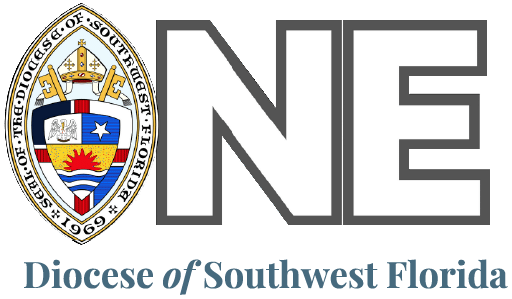In the early church, there were bishops, and there were deacons; presbyters (today’s priests) were a council of elders advising the bishop. Deacons were members of the bishop’s household who distributed food to the poor, administered communion to the sick, collected and distributed money to the poor, served as catechists for those preparing for baptism, and kept the bishop aware of the needs of the community.
In the fourth century, after Christianity became the official religion of the Roman Empire under Constantine, the entry of unprecedented numbers of people into the church led to the decline of the diaconate as a separate and distinct order. The ministry of the church became more complex, reflecting its new civic role, and bishops and priests became the prominent orders.
It was not until 1968 that the Lambeth Conference acknowledged that the diaconate as an ordained ministry was necessary to the Church of Christ and recommended that the practice of regarding the diaconate as in inferior order be reformed and the order of deacon be restored to a significant role.
In the Episcopal Church, there have been several “waves” of the diaconate:
- First wave (1840’s to about 1930): male missionary or indigenous deacons ordained to serve in missionary or ethnic fields;
- Second wave (1885-1970): female deaconesses, unmarried or widowed, ordained “to care for the sick, the afflicted, the poor, to instruct in the faith, to work among women and children, to organize and carry out social work.” A notable example is Harriet Bedell, who worked with Seminole Indians in southwest Florida; the Episcopal Church celebrates her each year on January 8.
- Third wave (1952-1970): male perpetual deacons who served as deliverers of pastoral care and liturgical assistants. General Convention in 1970 combined the orders of deaconesses and perpetual deacons into a single order.
Over the past 50 years, the sacred order of deacons has evolved to include both women and men who connect the church and the world through social care and service and through their role in the liturgy. Deacons provide direct service in ministries such as prisons and feeding programs, but also focus on developing solutions to systemic problems. Servanthood remains a major feature of diaconal identity as deacons enlist, train, and support baptized persons in ministries of care, or lead the church’s efforts in social action and justice.
Deacons seldom “go it alone”—rather they are partners and companions, helping to match the gifts of others to the needs, concerns, and hopes of the world.
Last Updated: 10-16-23
